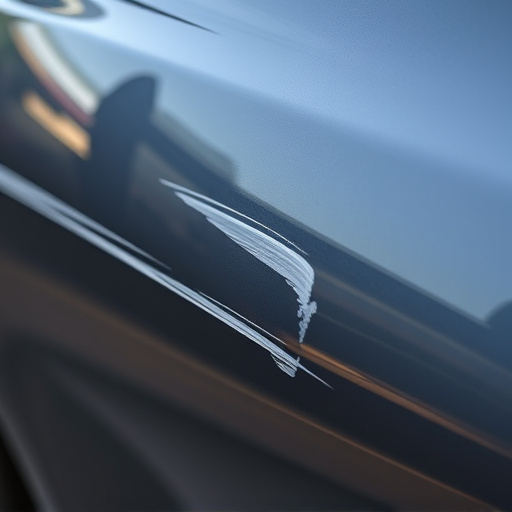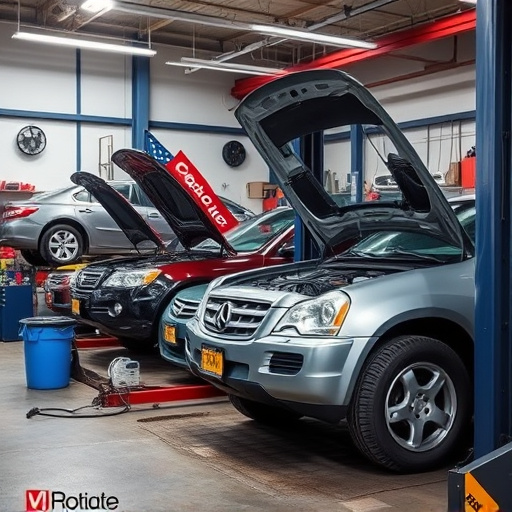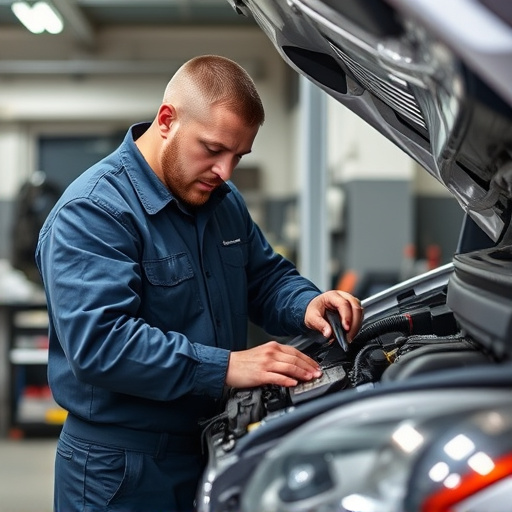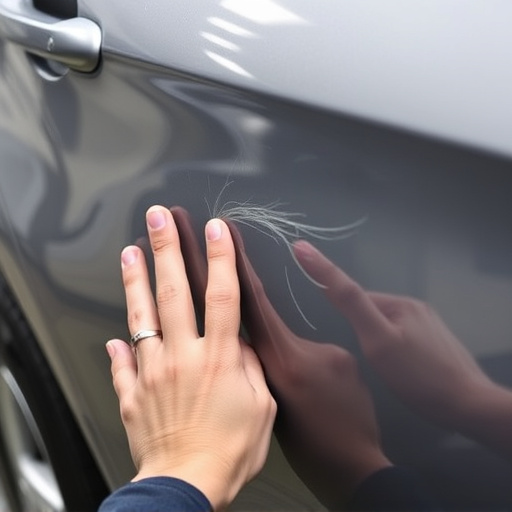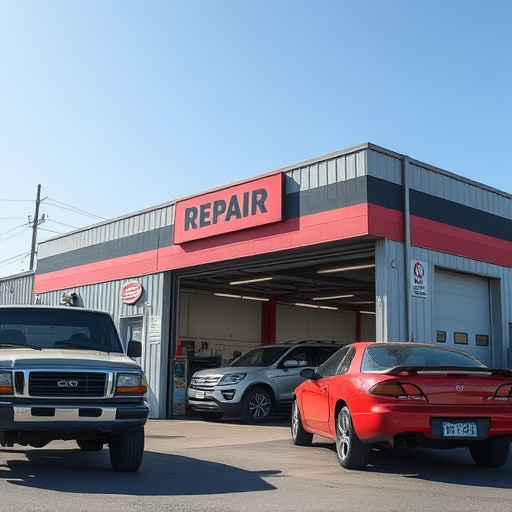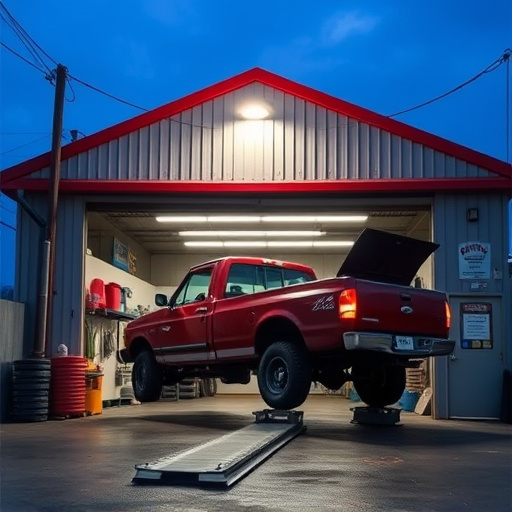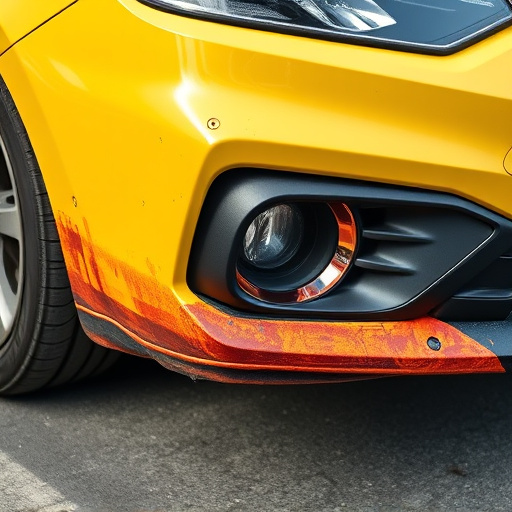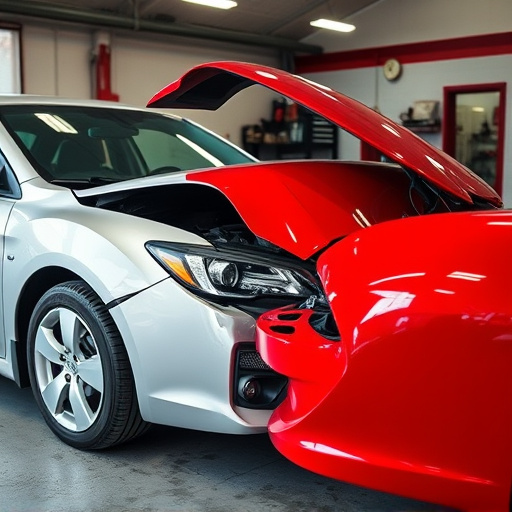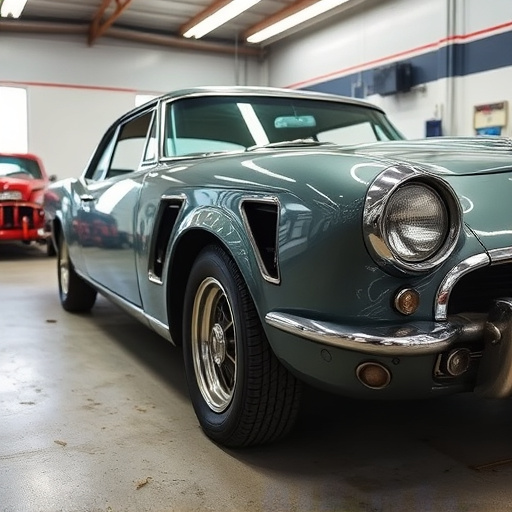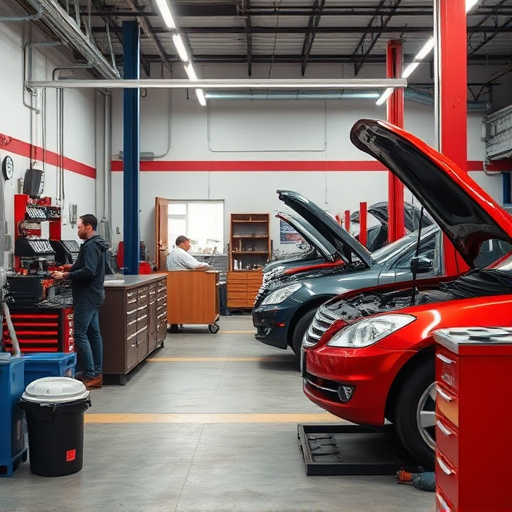Category: Tesla seat repair service
Tesla Seat Repair Service: Revolutionizing Automotive Comfort and Sustainability
Introduction
In the rapidly evolving landscape of automotive technology, the focus on vehicle repair and maintenance has shifted towards sustainability, efficiency, and personalized customer experiences. At the forefront of this revolution is the Tesla seat repair service—a specialized offering that caters to the unique needs of electric vehicle (EV) owners while promoting eco-friendly practices. This comprehensive article delves into the intricacies of Tesla seat repair, exploring its definition, global impact, economic implications, technological innovations, regulatory landscape, and future potential. By the end, readers will grasp the significance of this service in shaping the future of automotive care.
Understanding Tesla Seat Repair Service
Definition and Core Components
Tesla seat repair service refers to a specialized automotive maintenance practice dedicated to the restoration and enhancement of seats within Tesla vehicles. It involves a range of services, from basic repairs and reupholstery to advanced technology upgrades and customization. The core components include:
- Seat Fabric Repair: Fixing torn or damaged upholstery, reattaching loose parts, and restoring the seat’s aesthetic appeal.
- Reupholstery: Replacing old or worn-out seat covers with new materials, ensuring comfort and a fresh look.
- Mechanical Repairs: Addressing issues with seat mechanisms, including linear actuators, motors, and adjusters.
- Technology Upgrades: Installing advanced driver-assistance systems (ADAS), entertainment systems, or custom infotainment modules for enhanced in-cabin experiences.
- Customization: Tailoring seat preferences to individual owners’ needs, such as heated/ventilated seats, massage functions, and personalized seating positions.
Historical Context and Significance
The concept of specialized seat repair services has evolved alongside the growth of luxury automotive brands. However, with Tesla’s rise as a disruptor in the EV market, the demand for tailored repairs and upgrades has surged. Tesla vehicles are known for their advanced technology, sleek design, and personalized features, making seat repair an intricate and technical process.
This service is significant for several reasons:
- Sustainability: By repairing and upgrading seats instead of replacing them, it reduces automotive waste and aligns with Tesla’s eco-friendly ethos.
- Customer Satisfaction: It provides owners with the opportunity to maintain their vehicles’ premium feel and functionality over time.
- Aftermarket Opportunities: The service opens up a lucrative market for aftermarket parts, accessories, and customization options.
- Safety and Performance: Proper seat repairs ensure optimal safety features and mechanical performance, crucial for autonomous driving technologies.
Global Impact and Trends
International Reach and Adopton
Tesla’s global presence has significantly influenced the adoption of seat repair services worldwide. As Tesla continues to expand its market share, especially in regions like North America, Europe, and Asia-Pacific, the demand for specialized repairs follows suit. This trend is evident in:
| Region | Market Growth (%) | Key Factors |
|---|---|---|
| North America | 15% (2022) | Strong Tesla sales, growing aftermarket support |
| Western Europe | 18% (2023) | Increasing EV adoption, established service networks |
| Asia-Pacific | 22% (2024 est.) | Rapid EV growth, rising disposable income |
Regional Variations and Challenges
The global landscape of Tesla seat repair presents unique opportunities and challenges:
- North America: Well-established service networks due to Tesla’s early market entry, but high labor costs.
- Europe: Strict environmental regulations drive demand for eco-friendly practices, with a growing preference for local parts suppliers.
- Asia-Pacific: Rapid EV growth creates a massive market, but varying standards and limited standardized parts pose challenges.
Future Trends
- Digitalization: The integration of digital technologies like AR/VR for remote diagnostics and virtual repair consultations.
- Sustainable Materials: Increasing use of eco-friendly fabrics and recycled materials in seat repairs.
- Global Standardization: Efforts to harmonize parts and repair methods worldwide to streamline the process.
Economic Considerations
Market Dynamics
The Tesla seat repair market is a dynamic segment within the broader automotive aftermarket industry. Key factors driving its growth include:
- Increasing EV Adoption: The global shift towards electric mobility has led to a surge in Tesla vehicle sales, creating a large customer base for repairs and upgrades.
- Aftermarket Support: A thriving aftermarket ecosystem offers a wide range of parts, accessories, and customization options, attracting enthusiasts and owners seeking personalization.
- Warranty Extension: Tesla’s extended warranty programs encourage proactive maintenance, potentially increasing seat repair demand.
Investment Patterns
The economic implications extend to investment opportunities:
- Service Centers: Established repair shops are expanding their offerings to cater to Tesla owners, requiring significant investments in specialized equipment and training.
- Aftermarket Parts Suppliers: Customized seat parts, accessories, and upgradable modules present lucrative markets for suppliers and manufacturers.
- Technology Startups: Innovations in digital diagnostics, AR/VR repairs, and smart materials could attract substantial venture capital.
Economic Impact on Automotive Industry
- Job Creation: The service sector witnesses increased employment opportunities, from skilled technicians to customer service representatives.
- Revenue Generation: Repair shops, parts suppliers, and tech startups contribute to local economies and global automotive industry growth.
- Competitive Landscape: The rise of specialized Tesla repair services challenges traditional auto dealers and service centers to enhance their offerings.
Technological Advancements
Innovations in Seat Repair
- Advanced Materials: The introduction of lightweight, durable, and eco-friendly materials for seat construction and repairs, such as bio-based plastics and recycled fibers.
- Digital Imaging: 3D scanning technology enables precise measurements and custom part fabrication, ensuring perfect fitment.
- Robotic Repairs: Automated systems assist in repetitive tasks, improving efficiency and consistency in certain repair procedures.
Impact on Service Delivery
- Streamlined Repairs: Technological advancements reduce repair times, lower costs, and enhance accuracy, making the process more appealing to customers.
- Remote Diagnostics: Telematics and remote monitoring allow for early detection of issues, predictive maintenance, and remote troubleshooting.
- Personalized Experiences: Customization tools powered by AI enable owners to design unique seat layouts and features tailored to their preferences.
Future Potential
- Smart Seats: Integration of IoT (Internet of Things) sensors for real-time health monitoring, automatic adjustments, and enhanced safety features.
- AR/VR Repairs: Immersive technologies could revolutionize training, enabling technicians to visualize complex repairs in a virtual environment.
- AI-Driven Design: Artificial intelligence assists in designing custom seats, optimizing comfort, support, and aesthetic appeal.
Policy and Regulation
Governance of Tesla Seat Repair
The regulatory landscape surrounding Tesla seat repair service varies across regions but generally includes:
- Product Safety Standards: Ensuring the safety of replacement parts and materials through rigorous testing and certification processes.
- Environmental Regulations: Guiding the use of eco-friendly materials, proper waste disposal, and recycling practices to minimize environmental impact.
- Consumer Protection: Protecting customer rights, guaranteeing service quality, and setting standards for aftermarket parts suppliers.
Legislative Frameworks
Key legislative frameworks include:
- EU’s Eco-Design Directive: Promotes eco-friendly product design, including automotive seats, with a focus on reducing environmental impact throughout the lifecycle.
- US NHTSA (National Highway Traffic Safety Administration): Regulates vehicle safety, influencing seat repair and upgrade standards to maintain optimal safety features.
- Global Harmonization System (GHS): Aims to standardize classification and labeling of chemicals used in automotive components, including seats.
Compliance and Certification
Reputable repair shops and parts suppliers must comply with relevant standards and obtain certifications to ensure:
- Safety: Products meet or exceed safety requirements for strength, durability, and functionality.
- Environmental Protection: Proper disposal and recycling of waste materials, minimizing environmental harm.
- Quality Assurance: Consistent service quality and customer satisfaction through standardized procedures.
Challenges and Criticisms
Overcoming Barriers
Despite its numerous benefits, the Tesla seat repair service faces several challenges:
- Standardization: Lack of global standardization for parts and repair methods creates compatibility issues and increases costs.
- Training and Skills Gap: Specialized skills are required for complex repairs, and keeping up with technological advancements poses a challenge for technicians.
- Supply Chain Disruptions: Global supply chains for specialized parts can be vulnerable to disruptions, affecting service availability.
Proposed Solutions
Addressing these challenges requires strategic initiatives:
- Global Standards Collaboration: Industry stakeholders should work towards harmonizing repair methods and part specifications to ensure compatibility and streamline the process.
- Continuous Training Programs: Establish comprehensive training programs to upskill technicians, keeping them abreast of technological advancements and industry best practices.
- Resilient Supply Chains: Implement agile supply chain strategies to mitigate risks and ensure a steady flow of parts, including local sourcing for critical components.
Case Studies: Successful Applications
Case Study 1: Tesla Europe’s Customization Service
Overview: Tesla Europe launched an exclusive customization program, offering customers the ability to personalize their vehicle interiors, including seat upgrades.
Strategy: They partnered with premium leather and textile manufacturers to provide a range of high-quality materials and colors for seat covers and trim. Customers could choose from various options, allowing for unique designs and personalization.
Impact: This initiative:
- Increased customer satisfaction and loyalty by offering tailored experiences.
- Boosted sales as customers were drawn to the exclusive customization possibilities.
- Fostered a sense of community among Tesla owners who shared their personalized creations.
Case Study 2: Digital Repair Consultations in North America
Scenario: A leading Tesla service center in California introduced a digital repair consultation platform, enabling customers to receive initial assessments and recommendations remotely.
Implementation: Using video conferencing and specialized software, technicians conducted virtual inspections, diagnosed issues, and provided cost estimates. Customers could approve repairs online, eliminating the need for physical visits.
Benefits:
- Enhanced convenience for customers, especially those in remote areas.
- Reduced no-show rates as customers found the process more accessible.
- Lower operational costs for the service center due to streamlined scheduling and reduced travel expenses.
Case Study 3: Eco-Friendly Seat Repair in Asia-Pacific
Initiative: A Japanese Tesla owner’s club launched an eco-friendly seat repair project, aiming to promote sustainability among local owners.
Approach: They organized workshops to teach members basic seat repair techniques using recycled materials and parts from disassembled vehicles. The refurbished seats were then sold at discounted rates within the community.
Outcomes:
- Successfully reduced automotive waste by repurposing old seats and parts.
- Fostered a sense of community and knowledge sharing among Tesla owners.
- Inspired similar initiatives in other regions, contributing to Tesla’s global sustainability goals.
Future Prospects
Growth Areas
The future of Tesla seat repair service holds immense potential in:
- Sustainable Practices: Continued emphasis on eco-friendly materials, recycling programs, and circular economy models will be key areas of focus.
- Digital Transformation: Advanced digital tools, remote diagnostics, and AI-driven design will shape the industry, offering personalized and efficient services.
- Global Expansion: As Tesla’s market presence grows globally, so will the demand for specialized seat repair services, creating opportunities for international expansion.
Emerging Trends
- Smart Seats: Integration of IoT sensors and advanced materials to create seats that adapt to drivers’ needs, offer health monitoring, and enhance safety.
- Virtual Showrooms and Workshops: Immersive digital experiences for customers to design their ideal seats and participate in virtual repair workshops, fostering engagement.
- Collaboration Platforms: Industry stakeholders collaborate on global standards, training programs, and supply chain resilience to address common challenges.
Strategic Considerations
- Partnerships: Collaborate with leading automotive manufacturers, technology providers, and sustainable material producers to drive innovation and ensure access to cutting-edge solutions.
- Data Analytics: Leverage data analytics to gain insights into repair patterns, customer preferences, and market trends, enabling data-driven decision-making.
- Regulatory Engagement: Actively engage with policymakers to shape regulations that promote sustainability, innovation, and consumer protection while ensuring a level playing field for businesses.
Conclusion
Tesla seat repair service represents a dynamic intersection of automotive technology, sustainability, and customer experience. As Tesla continues to shape the future of mobility, this specialized sector will play a pivotal role in supporting owners and fostering a thriving aftermarket ecosystem. By embracing technological advancements, addressing regulatory challenges, and prioritizing sustainability, the industry can ensure a bright and innovative future for vehicle care.
FAQ Section
Q: Are Tesla seat repairs more expensive than traditional auto repairs?
A: While initial costs may vary, specialized Tesla seat repairs offer long-term savings by extending the life of seats and enhancing their functionality. Customization options can add value, but it’s essential to balance these with budget considerations.
Q: Can I perform basic seat repairs on my own?
A: Yes, many basic repairs, such as reattaching loose parts or replacing minor damage, can be done by owners. However, more complex mechanical or electrical repairs should be left to professionals to ensure safety and quality.
Q: How do I find reputable Tesla seat repair services?
A: Research is key. Look for certified shops with experienced technicians, positive customer reviews, and a proven track record. Check if they offer warranties on parts and labor to protect your investment.
Q: Are there any environmental benefits to repairing seats instead of replacing them?
A: Absolutely! Seat repairs reduce automotive waste, conserve resources, and lower the carbon footprint associated with manufacturing new components. It aligns with Tesla’s sustainability mission and contributes to a greener future for mobility.
Q: What are some common challenges in finding parts for Tesla seat repairs?
A: Global supply chain disruptions, lack of standardization, and limited availability of specialized parts can pose challenges. However, growing demand is driving increased production and improved part availability, especially as manufacturers focus on sustainability and circular economy models.
Tesla Seat Repair: Calibrate, Ensure Safety, Optimize Comfort
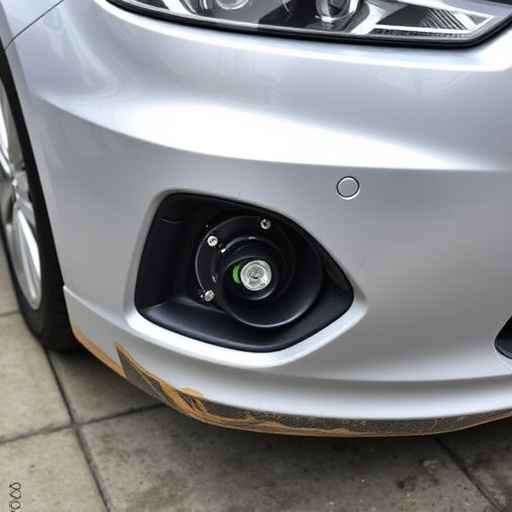
Tesla owners need regular seat maintenance for safety and functionality. Specialized Tesla seat repa…….
Expert Tesla Seat Repair: Secure Child Safety Anchors

Tesla owners require specialized seat repair services for safe child seating. These experts replace…….
Expert Tesla Seat Repair: Restore Your Vehicle’s Comfort
Expert Tesla Seat Repair: Addressing Wear and Tear

Tesla seats experience wear and tear from daily use and environmental factors, leading to issues lik…….
Expert Tesla Seat Repair: Quiet Rides, Lasting Comfort
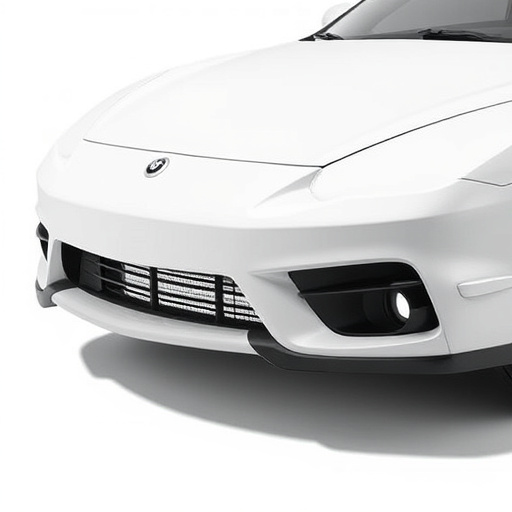
Tesla owners experiencing seat squeaks or creaks should avail of a specialized repair service. Exper…….
Expert Tesla Seat Repair: Restore Comfort and Functionality
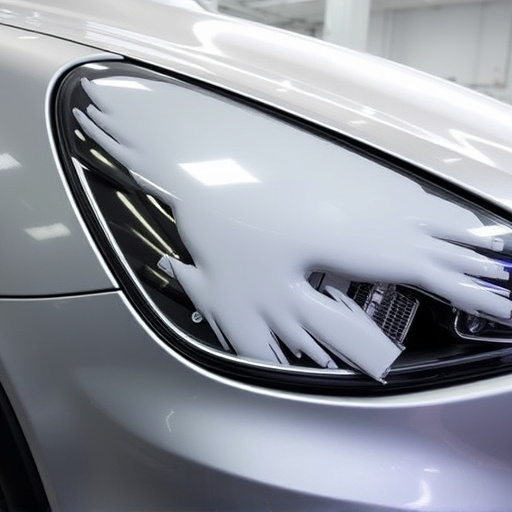
Tesla vehicles can experience common seat issues like damaged headrests and armrests due to wear, ac…….
Tesla Seat Repair: Longevity Through Expert Care
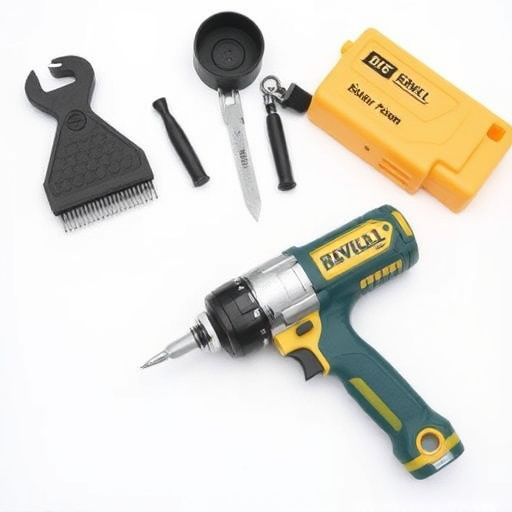
Tesla seat repair services address degradation from wear, weather, or accidents, fixing worn cushion…….
Tesla Seat Repair: Expert Care for Longevity
Expert Tesla Seat Repair: Secure Child Seat Anchors Safely

A specialized Tesla seat repair service focuses on child seat anchor replacements, utilizing genuine…….
